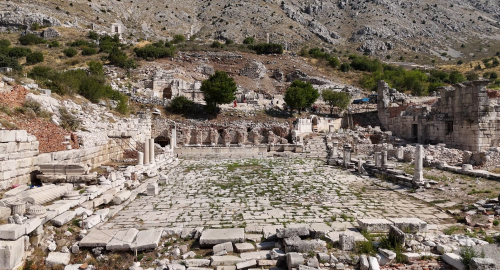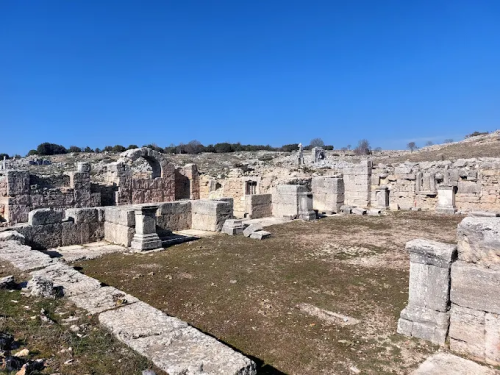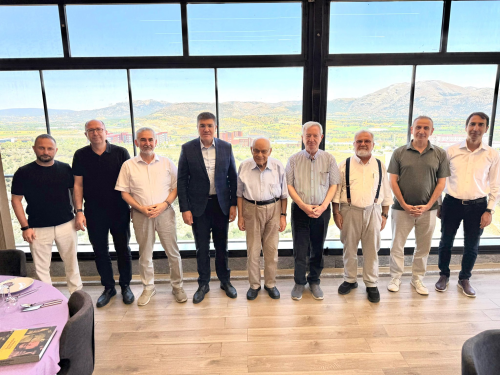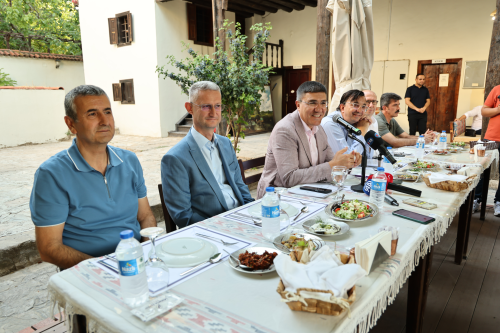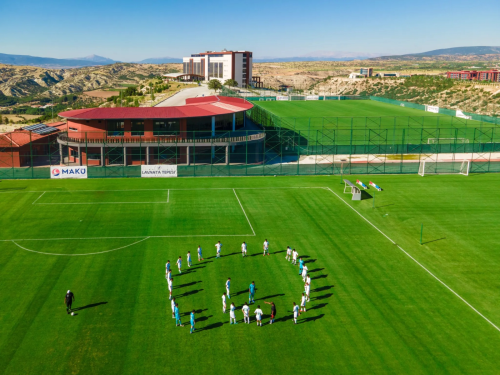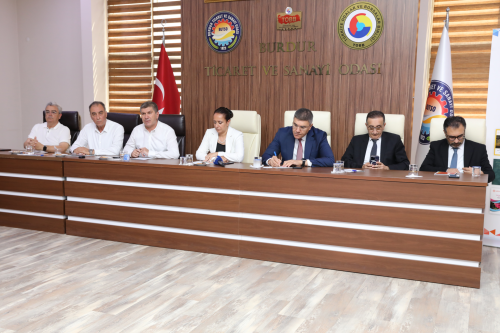The thousands-year-old city is being unearthed through excavations
Yayın Tarihi | 21 August 2025, Thursday
The ancient city, considered one of the most important centers of the Pisidia Region, attracts attention with its magnificent structures and strong architecture.
Rector Prof. Dr. Hüseyin Dalgar, who examined the excavation works on site, stated that it is of great importance to bring Kremna into tourism. Rector Dalgar said, “This place is a very valuable ancient city, just like Sagalassos and Kibyra. In fact, according to some interpretations, it has a much stronger story. These works, carried out under challenging conditions, are a job that can be done with passion. As a university, we care about contributing not only to educational activities but also to the development, progress, and cultural heritage of our city. Therefore, we support the excavations being carried out. I thank everyone who contributed, especially our excavation leader. I also invite everyone who is curious and respectful of our history, archaeology, and the cultural heritage of these lands to visit and contribute to these areas.”
Prof. Dr. Ayça Polat Becks, a faculty member of the MAKÜ Archaeology Department who leads the excavations, provided information about the history of the ancient city and the ongoing works. Becks stated that Kremna was founded in the 3rd century BC and experienced significant development during the reign of Roman Emperor Augustus, being adorned with columned streets, agoras, theaters, baths, and monumental structures.
Emphasizing that the 230-meter-long columned street formed the heart of the city's commercial life, Becks said, “This place was like the marketplace of the Ancient Age. The shops, production workshops, and local trade network unearthed in the excavations show that Kremna was a vibrant economic center.”
Drawing attention to the strategic location of the city, Becks stated that Kremna played a significant role both militarily and economically in the Pisidia Region: “This city, surrounded by cliffs like an eagle's nest, provided a natural shelter. By controlling both the Burdur–Antalya line and the Isparta–Antalya route, it became one of the most powerful centers of the region.”
Noting that the excavations continue with a scientific team of about 40 people and a workforce of 25-30 people from nearby villages, Becks expressed that multidisciplinary studies are being conducted to better understand the social, cultural, and economic structure of the city.
Prof. Dr. Becks stated that Kremna sheds light on the Ancient Age not only with its architecture but also with production areas such as water engineering, sculpture, ceramics, and glass workshops, saying, “As the excavations progress, we believe we will find answers to many questions about the mysterious past of the city.”
Diğer Haberler

